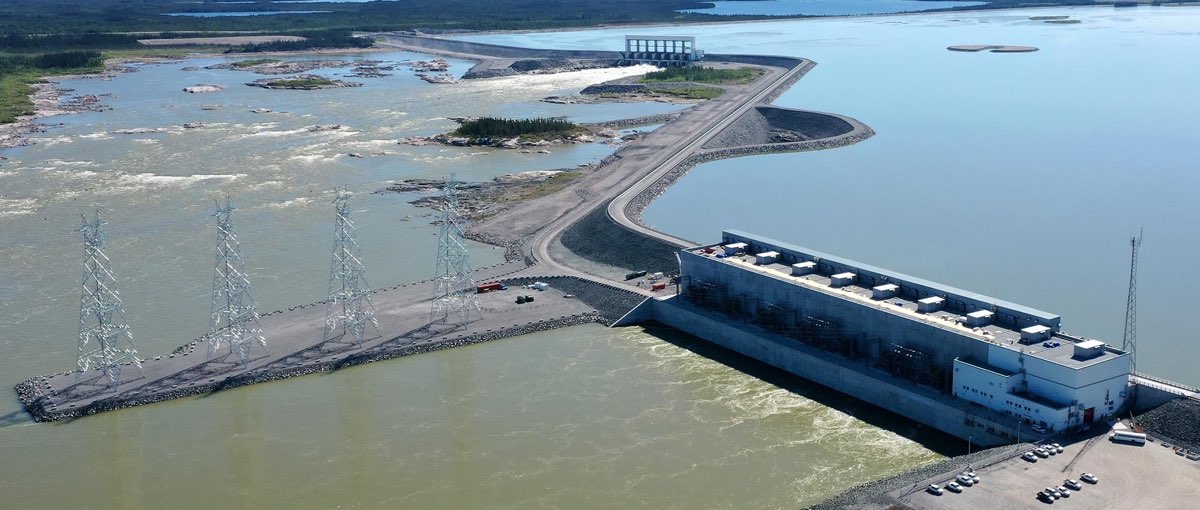Kelsey Generating Station: First on the Nelson
The Kelsey Generating Station was completed in 1961, but even now a few things set it apart from our other generating stations. Its civil works were designed specifically with expansion in mind, it is a remote access station (fly-in only, with living quarters attached), and, most importantly, it was the first station built on the Nelson River.
The Nelson is a powerful, predictable river with a drainage basin over 1 million square kilometres (about 386,000 square miles), making it ideal for hydroelectric generating stations. Today Manitoba Hydro has five generating stations on the mighty Nelson River, plus a robust DC transmission system to carry power from them, and we’re also constructing a sixth station — the Keeyask Generating Station — to be finished in 2021. The Nelson is a big part of Manitoba Hydro’s infrastructure, and it all started with Kelsey in 1957.
About 680 kilometers (423 miles) by air from Winnipeg, Kelsey was originally built to supply power to the International Nickel Company based in the northern community of Thompson. The civil works were planned for upgrades, including space for more generating units and potential for an extended powerhouse.
When it was finished in 1961, Kelsey was originally outfitted with five 32-MW generators, giving it a total capacity of 180 MW. Upgrades came shortly after: between 1969 and 1971, we added two more generating units and brought the total capacity to 224 MW.
It stayed at 224 MW for a while, but in 2006 Kelsey underwent a major overhaul. Five of seven generating units received upgrades, including installing more efficient turbine runners, replacing steel liners, and rewinding generator rotor and stator assemblies, which increased the station’s capacity from 224 MW to 286 MW. And thanks to the station’s initial planning, we could upgrade further if we needed to — the station’s total potential capacity is 464 MW. For the past 5 years, Kelsey had a 97% availability and a forced outage rate of 0.3%. Thanks to high water flow conditions, the station has a capacity factor of 81%, meaning energy production is very high.
Although the upgradeability and remoteness of the station was (and still is) a marked departure from other stations, it also represented a new beginning. In 1963, two years after Kelsey Generating Station was completed, the Canadian federal government and the Manitoba provincial government began a cost-sharing agreement to study the feasibility of future hydroelectric development on the Nelson River.
Five more generating stations, plus transmission infrastructure, followed. Developing on the Nelson also opened the door for Manitoba Hydro to export power to neighbouring states and provinces.
The Nelson River proved to be a powerful tool for Manitoba Hydro, its customers at home, and its export customers. It started, 63 years ago, with Kelsey.
